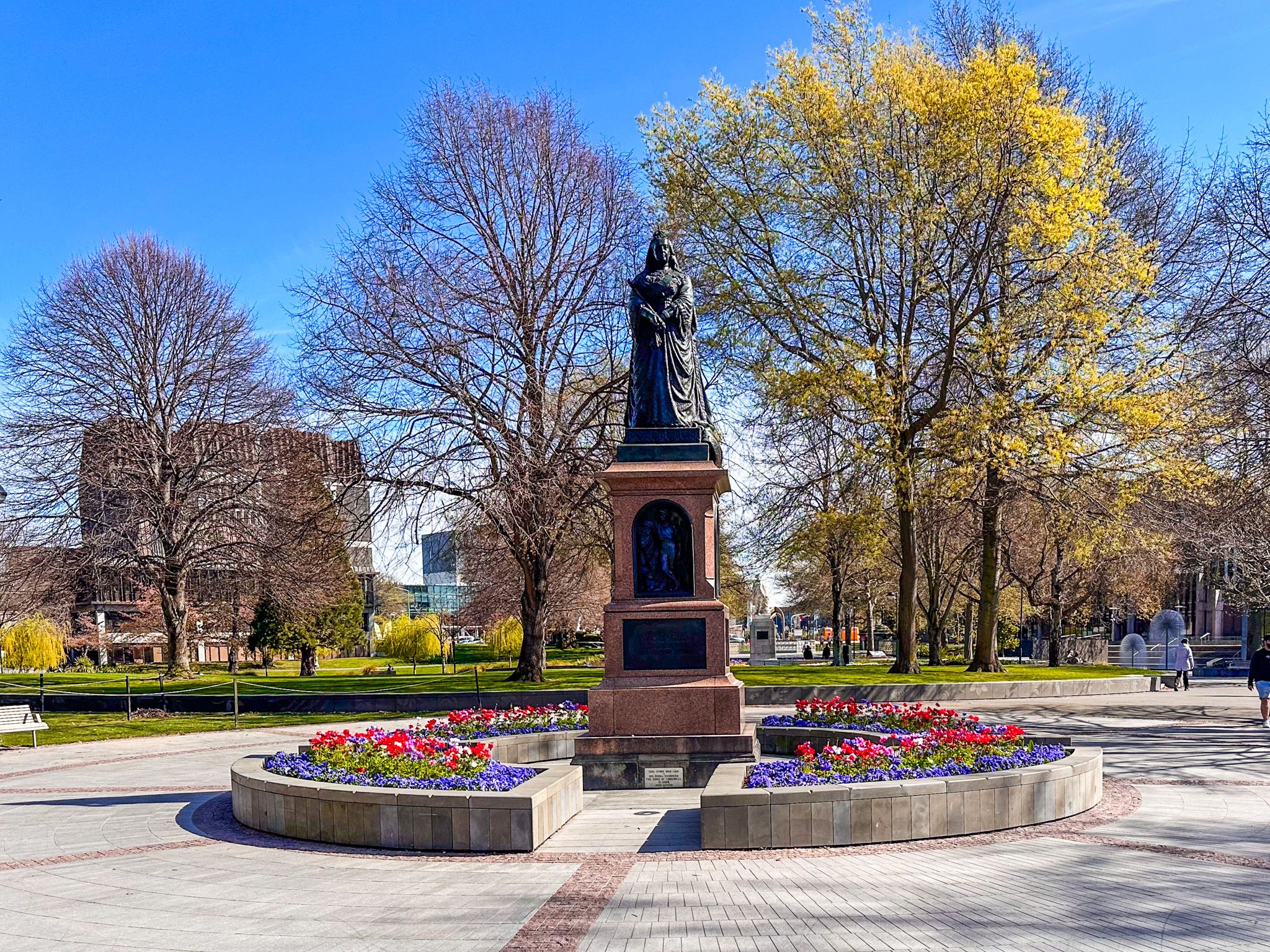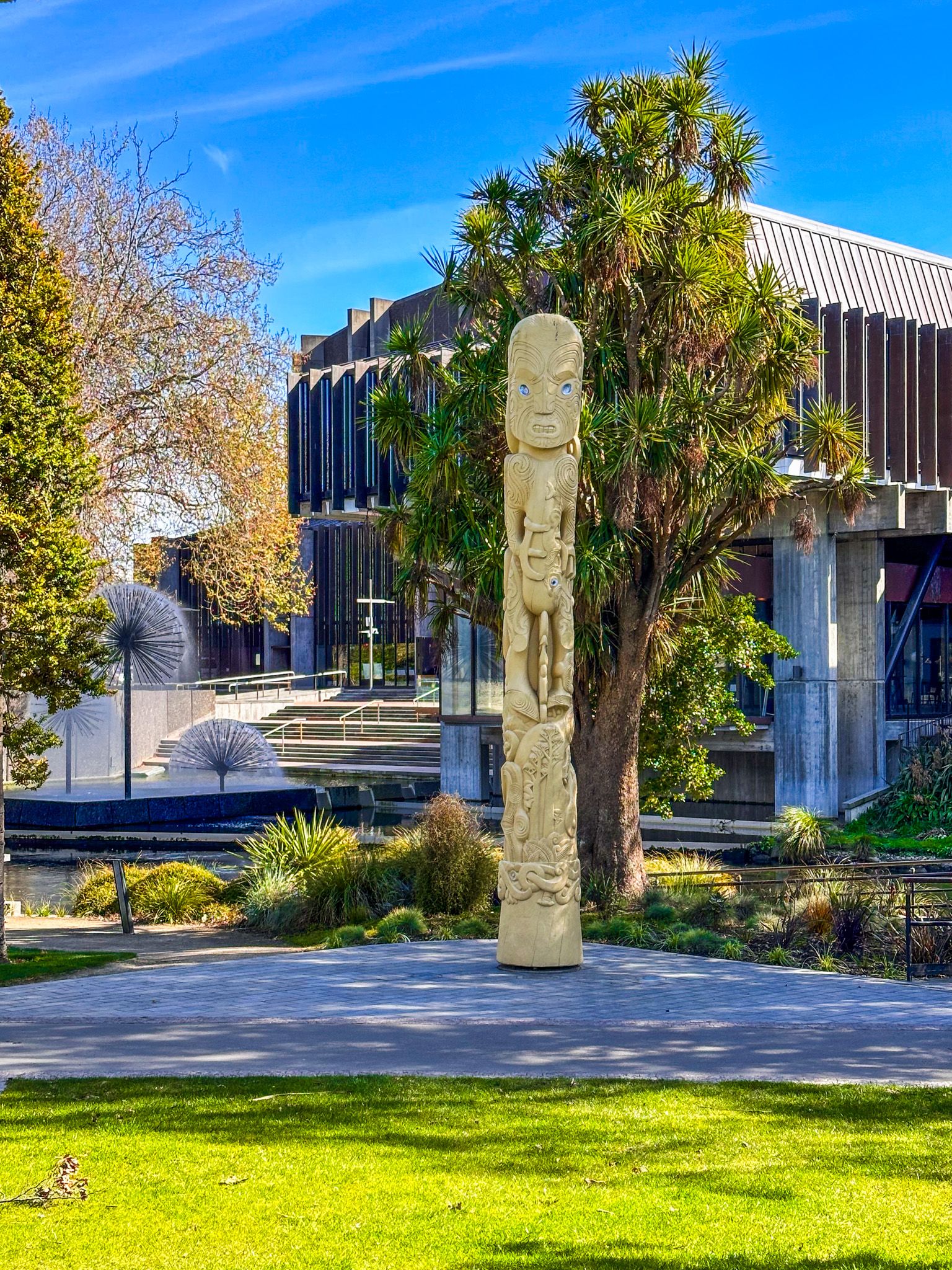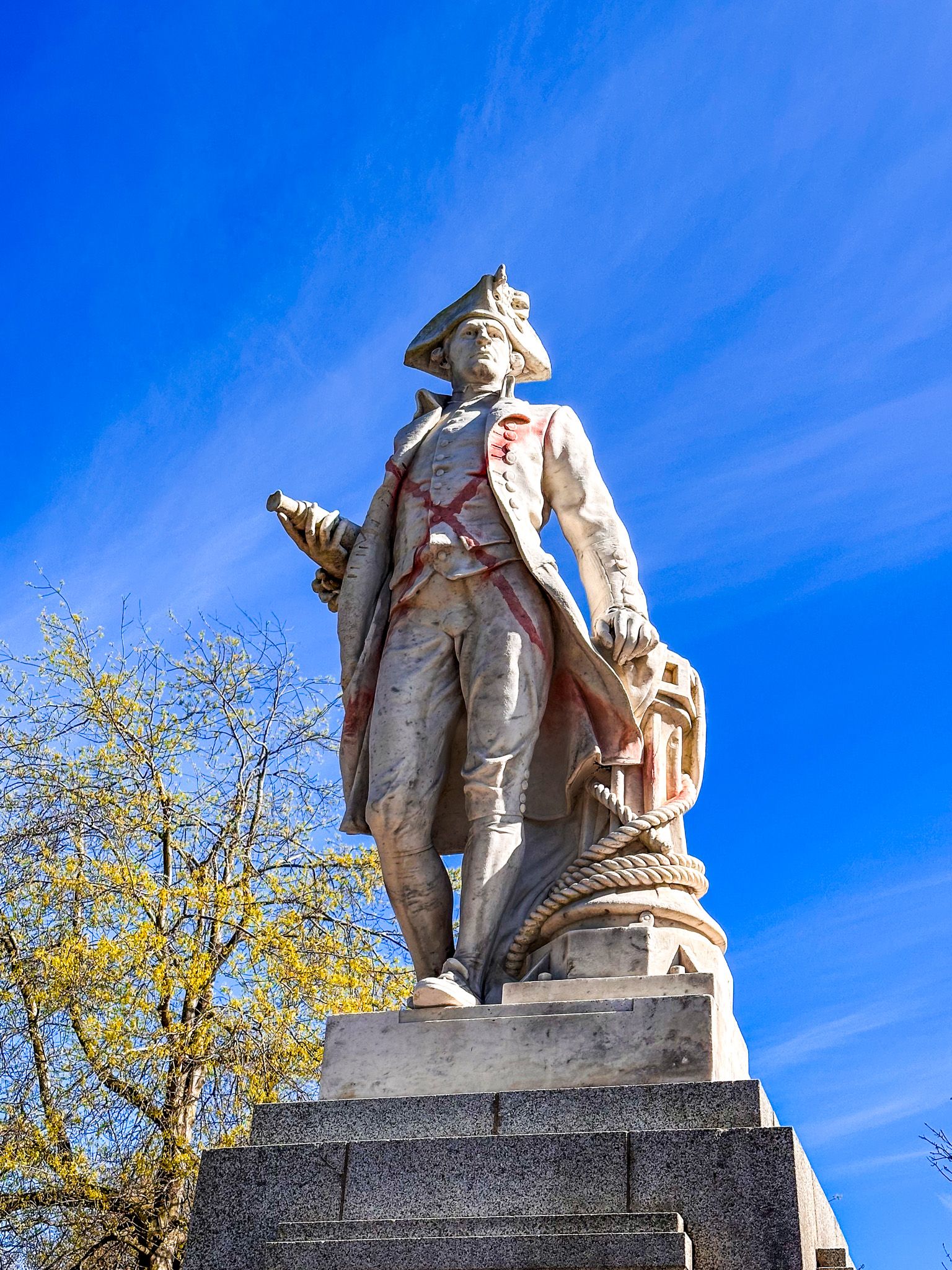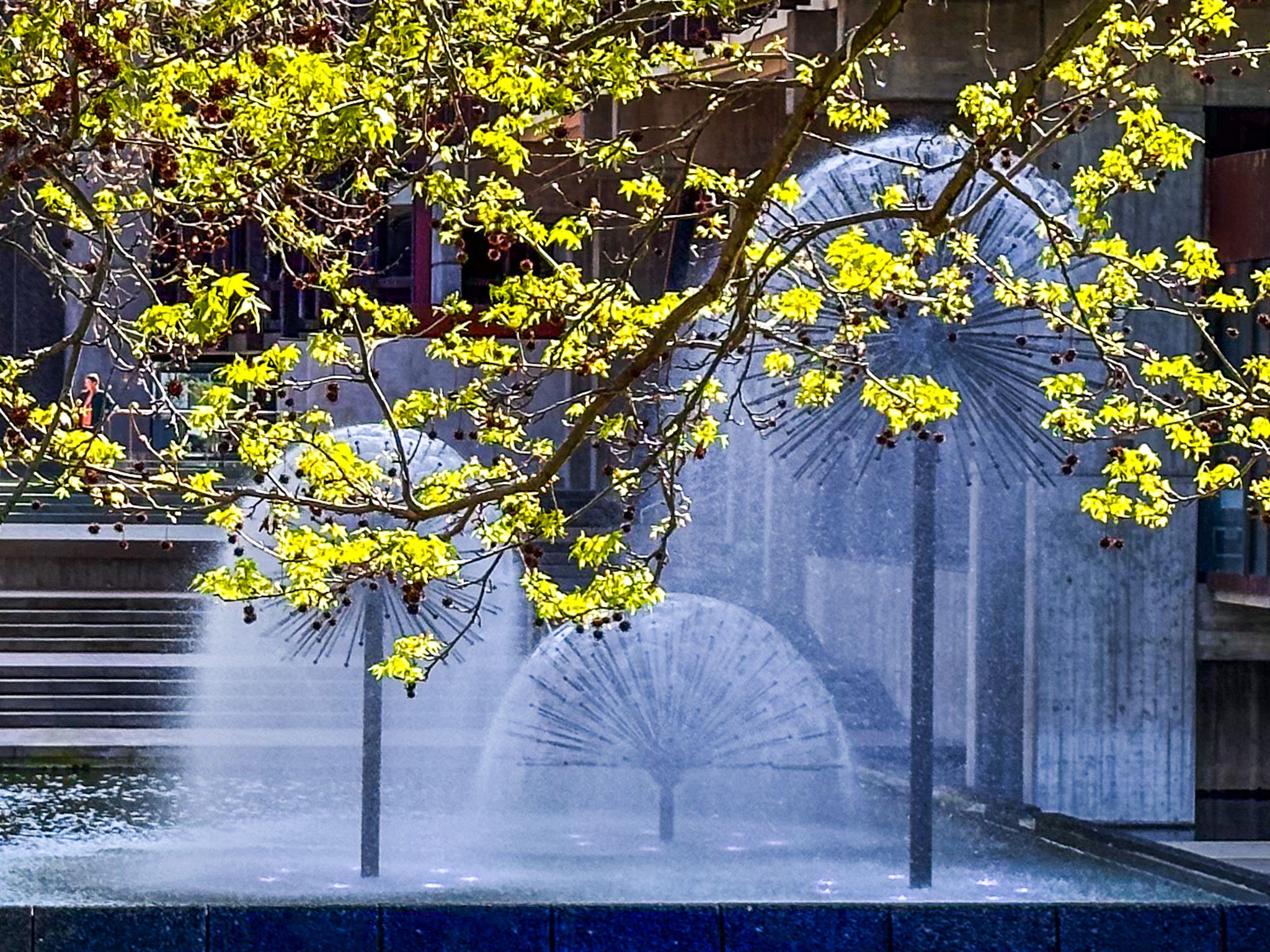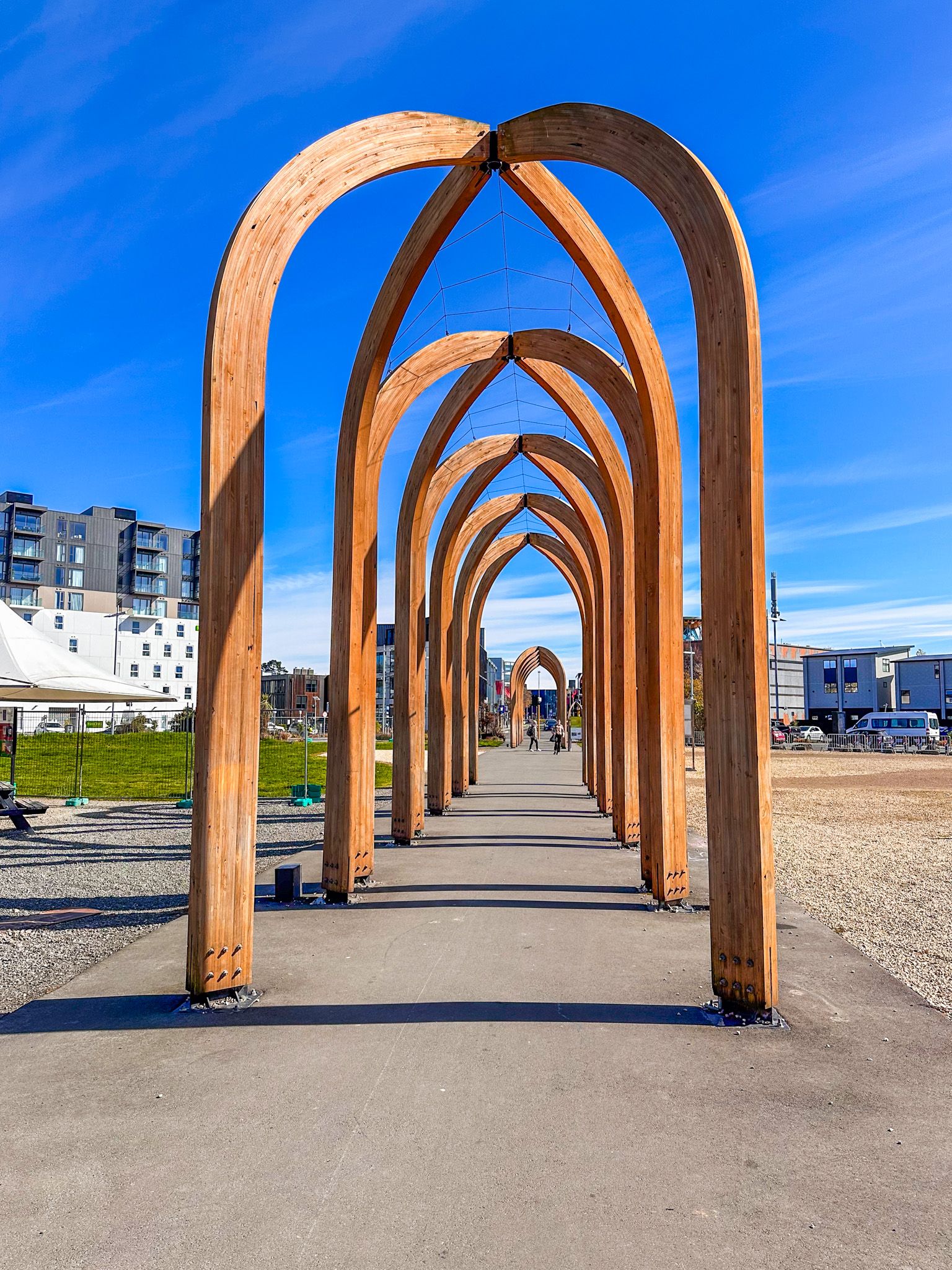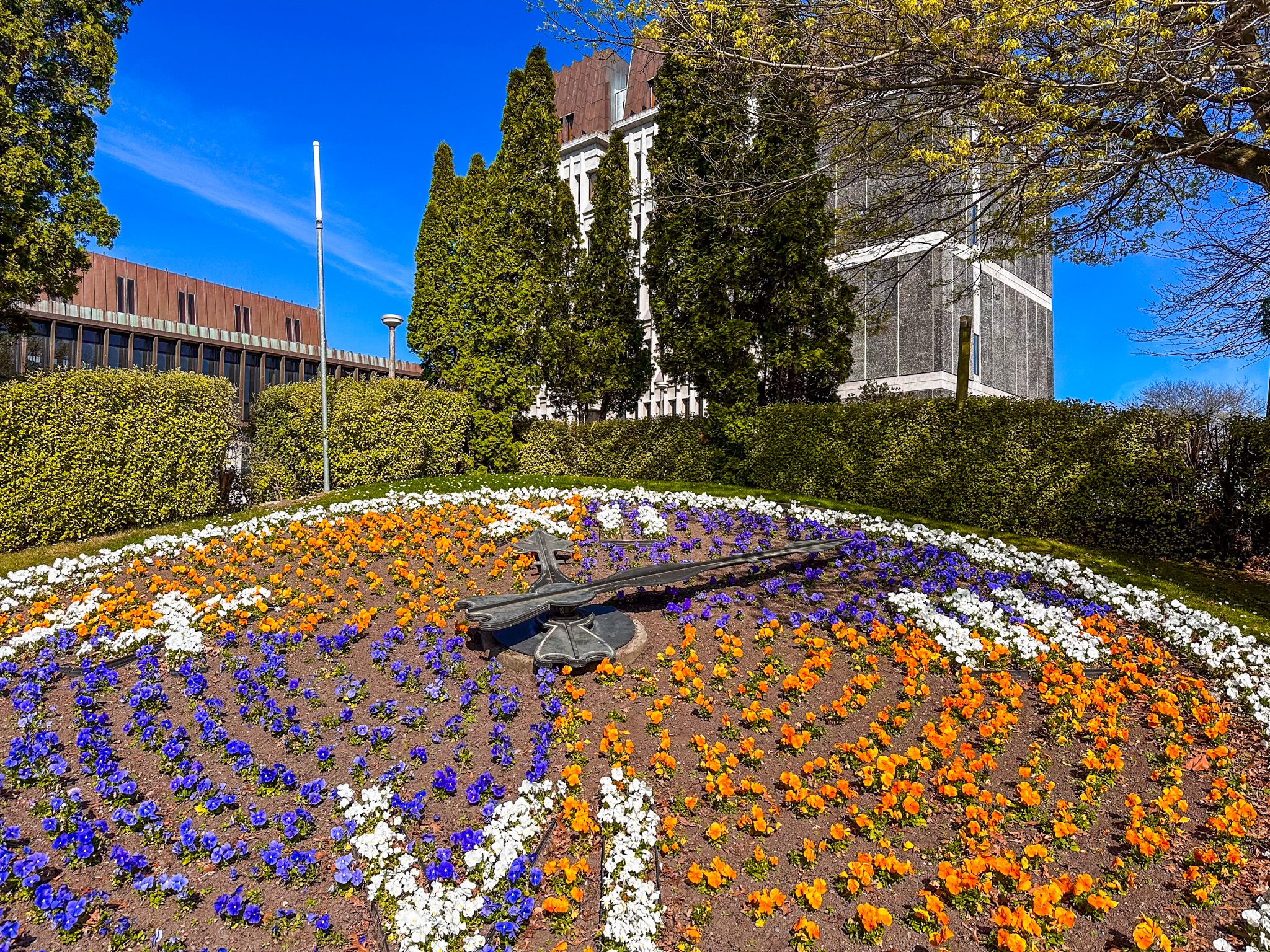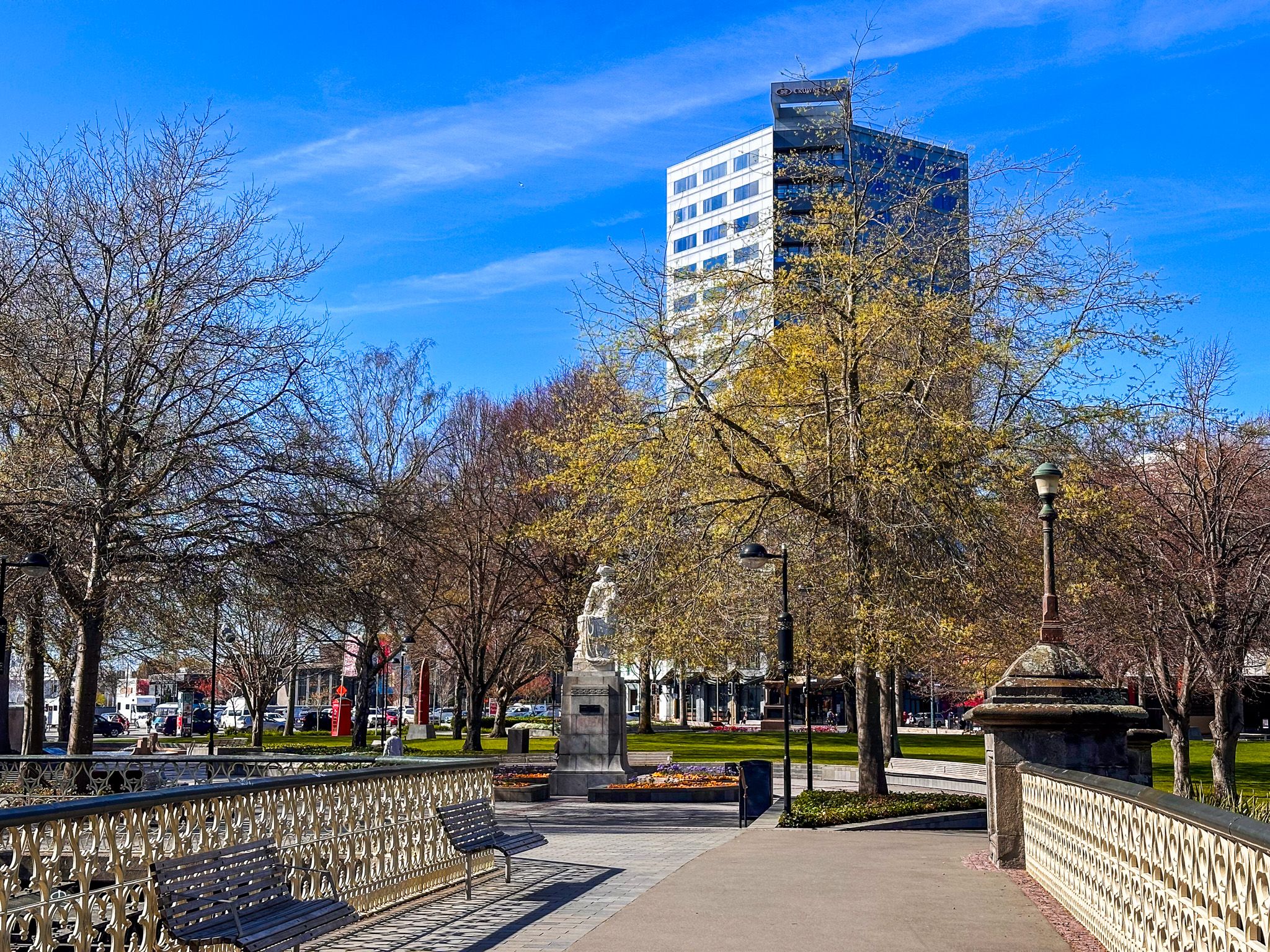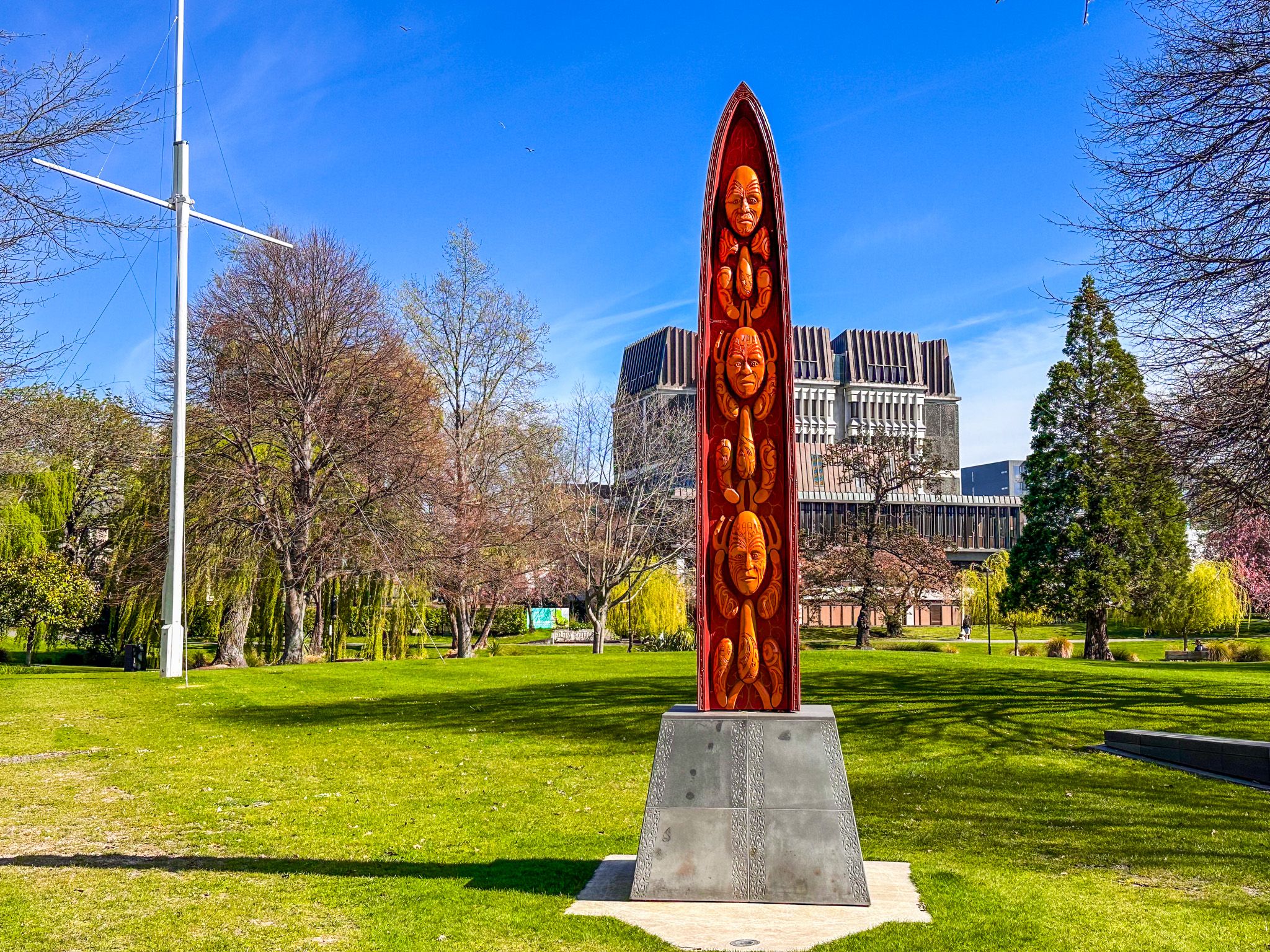Beautiful Victoria Square is a public park in Central Christchurch. It was one of the four squares included in the Christchurch plan when it was laid out in 1850. Initially known as Market Square, it was renamed Victoria Square in 1903. Colombo Street forms the eastern boundary and runs south to Cathedral Square. Armagh Street bounds the square on the southern side. The Avon River / Ōtākaro crosses the square from southwest to northeast, and the oldest cast iron and stone bridge in NZ (1864), the Hamish Hay Bridge, crosses the river in the northwest corner of the square.
For early Māori, the area around the square was an important mahinga kai (food-gathering place) and kāinga nohoanga (settlement area). The area was settled as early as 1300. In 1850, Puāri was a Māori settlement near Market Square, facilitating trade with the newly arrived European settlers. In 1868, local Māori attempted to reclaim the square as it fell out of use as a market, but the court found it was included in the 1848 Canterbury Purchase. The square continued as a civic focal point, then was redeveloped as a park in the late 1800s.
The Christchurch Supreme Court, designed by Alexander Lean, was built on the square's western side in 1869. In 1880, the Magistrates' Court building was also built. These were constructed in the Gothic revival style. The Supreme Court building is gone, but the historic Magistrates' Court building is still there.
The square was renamed Victoria Square in 1903. The patriotic effects of the Boer Wars, combined with Christchurch's 50th jubilee in 1900, led to the decision to add a statute of Queen Victoria as a centrepiece. Her subsequent death led to the renaming of the square. An interesting feature of the statue is the several embedded plaques with scenes of early NZ life.
Private donations drove two further additions. The Bowker Fountain, added in 1931, was the first electric-powered fountain in the Southern Hemisphere. Henry Bowker, whose office overlooked Victoria Square, left £1000 to erect the fountain in his will. The prominent Cook Statue was added in 1932. It was sculpted by William Trethewey and unveiled by then Governor-General Lord Bledisloe. The curious part is that a bookie, Matthew Barnett, promoted and funded the statue. He was not part of the city’s upright inner circle but still managed to leave his mark.
In the 1970s, the town hall was built on the north side of the river, overlooking the square, with the beautiful Ferrier Fountain at the front. In the 1980s, Victoria Street ran diagonally through the square and was closed to create a green space. The square was also affected by the February 2011 earthquake and was only fully restored in 2018. Recent features include a Ngāi Tahu pouwhenua at the square's south end that reclaims their historic connection and the Ngāi Tahu Trails path on the northwest side of Keith Hay Bridge. Te Pae Christchurch Convention Centre also faces into the square on its southern side.
